Cocoa butter, a creamy, pale-yellow fat extracted from cocoa beans, is one of the most prized and widely used products in the world. Known for its use in the production of chocolate, cosmetics, pharmaceuticals, and skincare items, cocoa butter is a high-demand commodity. Its smooth texture, mild flavor, and high stability make it a valuable ingredient globally.
In the world of cocoa derivatives, several nations play a key role in production, export, and innovation. Among them, Ivory Coast (Côte d’Ivoire) stands out as the largest cocoa butter producer in the world. This article explores the reasons behind Ivory Coast’s dominance, the structure of its cocoa industry, and the global market dynamics influencing cocoa butter production.
What Is Cocoa Butter?
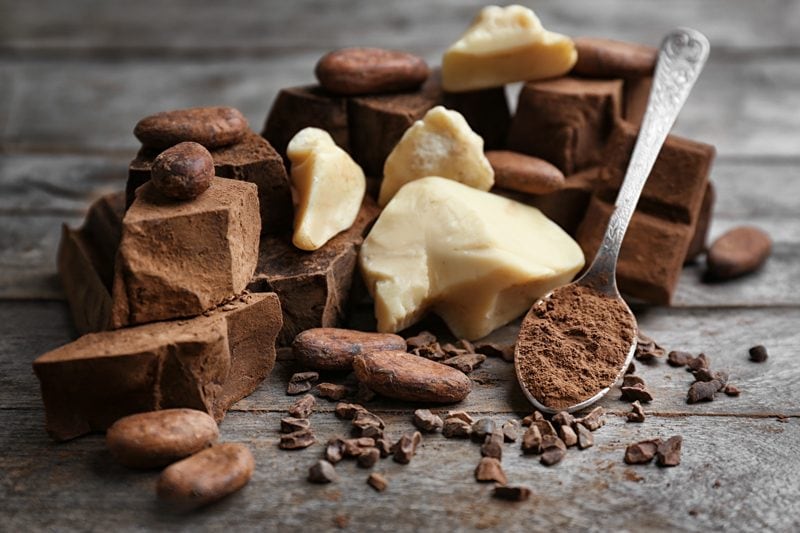
Cocoa butter, also known as theobroma oil, is extracted from the cocoa bean through a hydraulic press or expeller process. Once the cocoa beans are fermented, dried, roasted, and cracked, the nibs are ground into a paste known as chocolate liquor. From this, cocoa butter is separated, leaving cocoa solids behind.
Cocoa butter is highly stable due to its saturated fat content and has a long shelf life. It is an essential ingredient in making chocolate, where it provides a smooth mouthfeel. Additionally, it is prized in personal care products for its emollient properties.
Global Cocoa Production Overview

The cocoa industry is heavily concentrated in West Africa, with four nations—Ivory Coast, Ghana, Nigeria, and Cameroon—accounting for over 70% of global cocoa production. Cocoa butter production is closely tied to the availability of raw cocoa beans, and thus, these nations naturally dominate the cocoa butter supply chain as well.
Why Ivory Coast Leads the World in Cocoa Butter Production
1. Massive Cocoa Bean Production
Ivory Coast is the world’s largest producer of cocoa beans, responsible for more than 40% of global production. According to the International Cocoa Organization (ICCO), Ivory Coast produced approximately 2.2 million metric tons of cocoa beans in 2023, well ahead of Ghana (second-largest producer) with 750,000 metric tons.
Because cocoa butter is extracted from cocoa beans, Ivory Coast’s vast production of raw cocoa beans provides a stable and abundant supply chain for processing cocoa derivatives such as butter, powder, and liquor.
2. Integrated Cocoa Processing Infrastructure
Ivory Coast has heavily invested in domestic cocoa processing. In recent years, the government has pursued policies encouraging local processing rather than exporting raw beans. As a result, the country now processes over 35% of its cocoa output locally, a significant leap from a decade ago.
Major cocoa processing companies such as Barry Callebaut, Cargill, Olam, and Touton have established large-scale processing facilities in Abidjan and San Pedro. These facilities produce large quantities of cocoa butter destined for export to Europe, the USA, and Asia.
3. Government Support and Investment
The Ivorian government, through institutions such as the Conseil du Café-Cacao, has introduced incentives to increase local cocoa processing. These include:
- Tax exemptions for processors
- Subsidized access to energy
- Regulatory support for exports
- Public-private partnerships
These initiatives have made Ivory Coast a favorable destination for investment in cocoa butter production facilities.
4. Strategic Geographic Location
Ivory Coast’s Atlantic coastline offers easy access to international shipping routes. Its ports, especially in Abidjan and San Pedro, are among the busiest in West Africa and serve as major gateways for cocoa butter exports to Europe and North America.
Comparison with Other Cocoa-Producing Countries

Ghana
Ghana is the second-largest cocoa bean producer and also processes a significant amount of cocoa locally. However, its local processing sector is smaller than Ivory Coast’s, producing less cocoa butter despite its high bean quality.
Indonesia
Indonesia is the largest cocoa producer in Asia. While it has a notable processing industry, cocoa butter production has declined in recent years due to aging plantations and competition from West Africa.
Nigeria and Cameroon
Both countries are important cocoa producers but lack the infrastructure and policy focus seen in Ivory Coast. Consequently, their cocoa is largely exported in raw form with minimal domestic processing.
Global Demand for Cocoa Butter
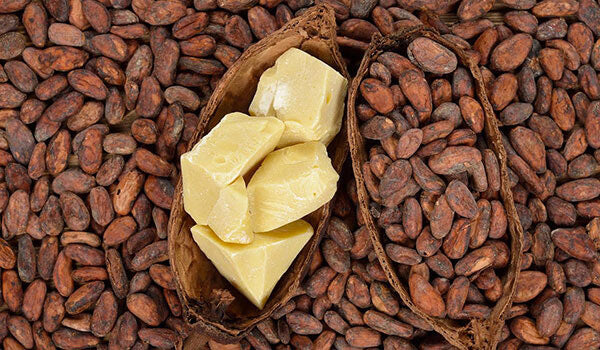
Cocoa butter demand continues to rise due to its multiple uses:
- Confectionery Industry: The largest consumer, particularly in chocolate manufacturing.
- Cosmetics and Skincare: Used in creams, lotions, lip balms, and soaps.
- Pharmaceuticals: Acts as a base for suppositories and other drug delivery systems.
Global chocolate consumption, especially in Europe and North America, drives the demand for cocoa butter. With the rise in ethical and sustainable sourcing, manufacturers are increasingly looking toward countries with transparent and efficient supply chains like Ivory Coast.
Sustainability Challenges and Solutions

Despite its leading position, Ivory Coast faces several challenges in the cocoa butter sector:
- Child Labor and Ethical Sourcing
- Many farms are small-scale and rely on family labor. International scrutiny has pushed companies to adopt traceability systems and ethical sourcing policies.
- Deforestation
- Cocoa farming has been linked to deforestation. Efforts are underway to promote agroforestry and climate-smart cocoa farming.
- Price Volatility
- Cocoa prices are subject to global market fluctuations. To address this, Ivory Coast and Ghana introduced a Living Income Differential (LID) to secure better prices for farmers.
- Climate Change
- Rising temperatures and erratic rainfall affect cocoa yields. Investment in resilient crop varieties and irrigation systems is crucial.
Future Prospects for Ivory Coast
The future looks promising for Ivory Coast’s cocoa butter industry:
- Expansion of local processing facilities will allow more value to remain in-country.
- Rising global demand for natural and organic products supports cocoa butter’s continued relevance.
- Technology and traceability improvements will help Ivory Coast maintain its position as a reliable supplier.
By aligning economic growth with environmental and ethical considerations, Ivory Coast is poised to remain the world’s leading cocoa butter producer for years to come.
Conclusion
Cocoa butter is more than just a chocolate ingredient—it is a symbol of global trade, economic development, and cultural connection. Ivory Coast’s dominance in cocoa butter production is the result of abundant natural resources, strategic investments, and forward-thinking policies. As global demand continues to climb, Ivory Coast’s position as the largest producer of cocoa butter will likely strengthen, making it a central player in the future of the global cocoa industry.
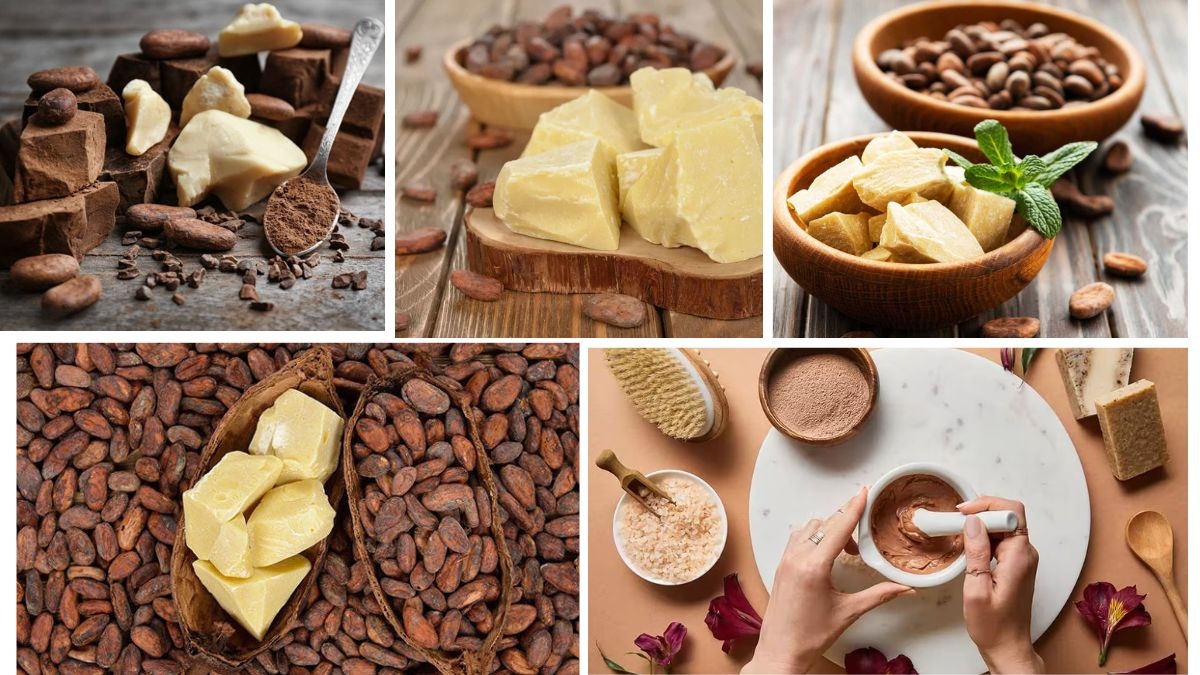
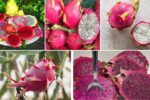

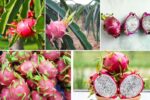

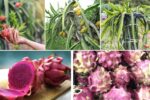
Leave A Comment